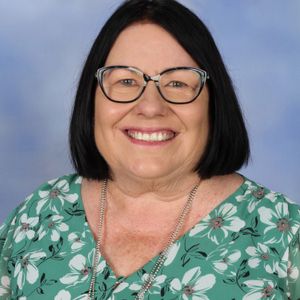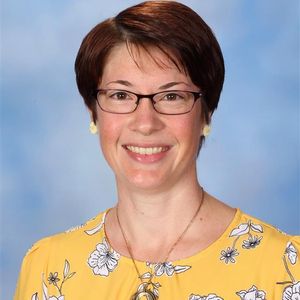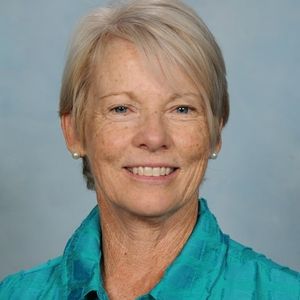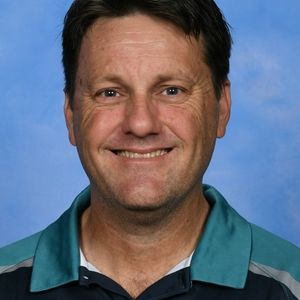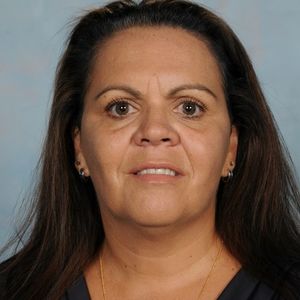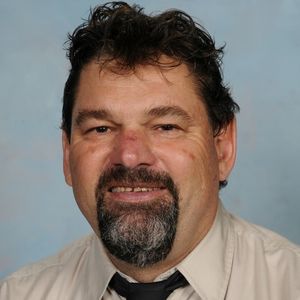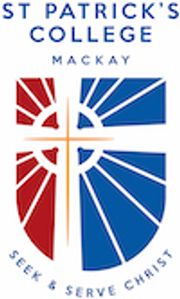A Goal Worth Having

Much is made of educational targets including Literacy and Numeracy benchmarks. National testing and curriculum standards hold schools to account and this is not unreasonable. A limited number of outcomes should be at the foreground of what schools are committed to achieve. One of these is Indigenous education and all schools have verifiable outcomes that make real progress in “closing the gap”.
In the previous decade, there was little progress in the original targets to close the yarning chasm between mainstream Australia and the circumstances of our indigenous. On a brighter note, education was the one area where real progress in school completion rates is evident. We still, however, have much to do in achieving parity in literacy and numeracy, employment and higher education, attendance rates and tertiary education. Social cohesion and real reductions in poverty are vitally linked to educational achievement of indigenous students.
I often hear a school representative say, “We don’t have very many indigenous students.” The question should then be asked but seldom is, “Well why not?” Isn’t this a commitment from all sectors of education, and hasn’t some of the best progress been made in the private/Catholic education sectors by specific scholarship initiatives? These programs take students from environments where societal hurdles are overwhelming, into a school who believes everyone can learn and Indigenous students have a right to experience high standards.
So what is happening at Mercy, and have we gone past just reaffirming words in realising a commitment to Indigenous education and 'Closing the Gap' ? What is the data? We have in excess of 40 students identifying as Indigenous at Mercy, which is close to 5% of our student population. This year, in addition to excellent service from our IELO (Indigenous Education Liaison Officer) Mrs Melissa Russell, we have employed an Indigenous teacher aide (Miss Shardai Beazley) to back-up this support in classrooms. Pastorally, Mrs Russell knows every student that comes under her role, and she can at times, ask the hard questions in addition to being a support and advocate for the students. Miss Beazley provides specific in-class support for indigenous students with learning needs as part of a much bigger picture of learning support assistance across the school.
When speaking of the aspects that should be measured, what about the statistics in student results? What is happening specifically with indigenous students at Mercy? Results analysis of our Semester 1 reporting would indicate across all Year levels, our Indigenous pupils are earning a ‘C’ to ‘C+’ grade in Core subjects of English, Maths, Science and Religious Education, and slightly higher ‘B’ grade in Elective areas of HPE, Technology and The Arts. Overall, a very positive results trend in both achievement and effort. While a number of our Indigenous students receive Learning Support, very few are identified to be part of our in-house mentor program in which a staff member specifically supports a struggling student. No doubt clear expectations by Mrs Russell and Mrs Beazley is a positive influence.
Finally, an important aspect of Indigenous education is finding a constructive voice along with pride and belonging in culture. As part of our spectrum of the Student Representative Council Committees, there is an Indigenous Committee supervised by Mrs Russell and chaired by a Year 10 student. They organise cultural celebrations, speak on assembly, advocate and work for cultural symbols within the College and chaperone younger students into the responsibility of being Indigenous in a Catholic school.
In preparing for the Federal Governments launch of the new 'Closing the Gap' blueprint for the next ten years, Alice Springs Town Councilor and Centre for Independent Studies Director of Indigenous Research, Jacinta Nampijinpa is quoted as saying “Continuation of the racism of low expectations would be unacceptable.”
She was talking specifically about domestic violence and sexual abuse, but the same mentality needs to pervade education. At Mercy we acknowledge the mistakes of the past and strive to provide opportunities for a brighter future. Dependency and victimhood are a handbrake on that future. Mrs Russell is all about high expectations and empathy when it comes to our indigenous students.
The final word should go to Warren Mundine, former head of the Abbott government’s Indigenous Advisory Council and former Labor Party President who wrote recently - "Poverty was the reason for the gap in so many areas of health and life expectancy. No race, community or group of people have pulled themselves out of poverty without an economy.”
Obviously all education sectors have a role to play and if taken up by all, will be a true commitment to the targets for the year 2030 in 'Closing the Gap'. Education, jobs and viable industry, particularly in our north, must be the priority and it starts with family support and high expectations that enables indigenous kids to compete with any others and give something back to their communities.
Mr Jim Ford
Source: The Australian Newspaper 29/7/2020 commentary and opinion section - Indigenous communities are key to closing the gap: It is time to move beyond the ‘racism of low expectations’

